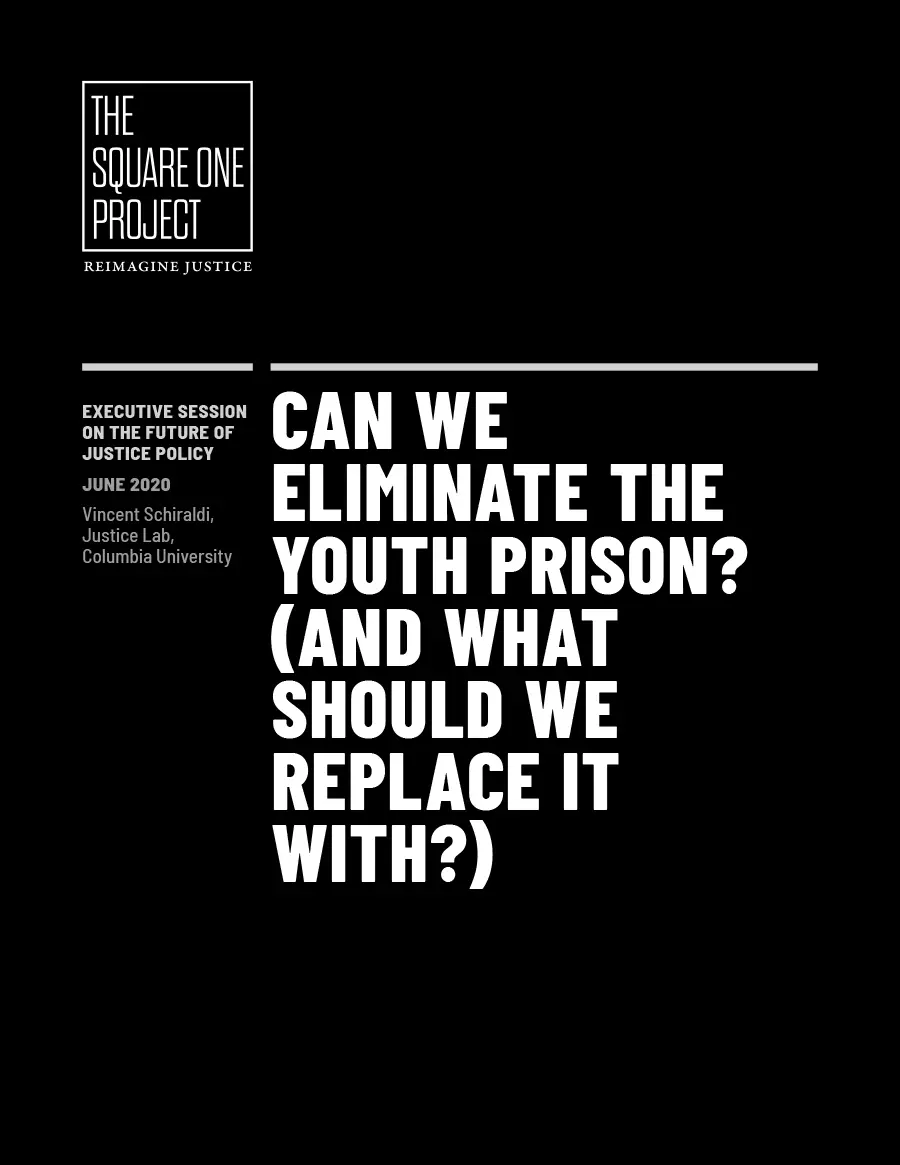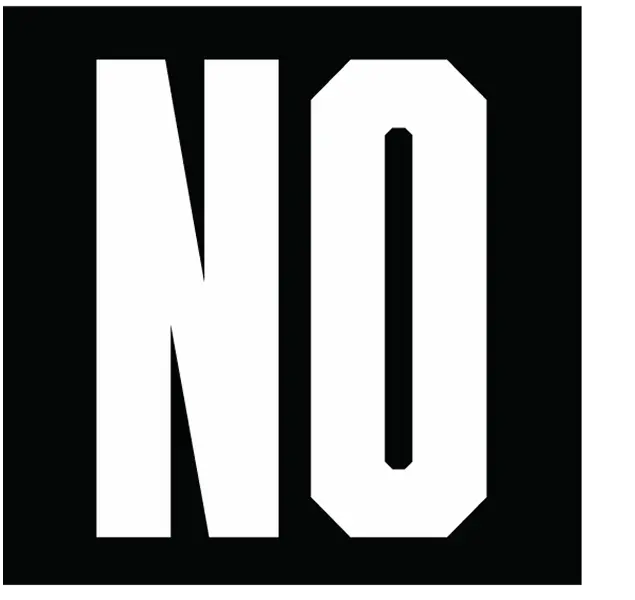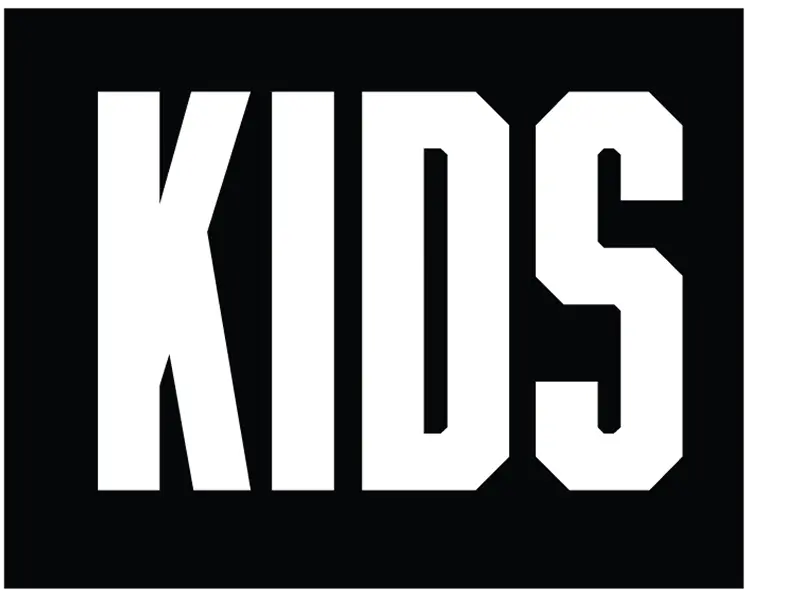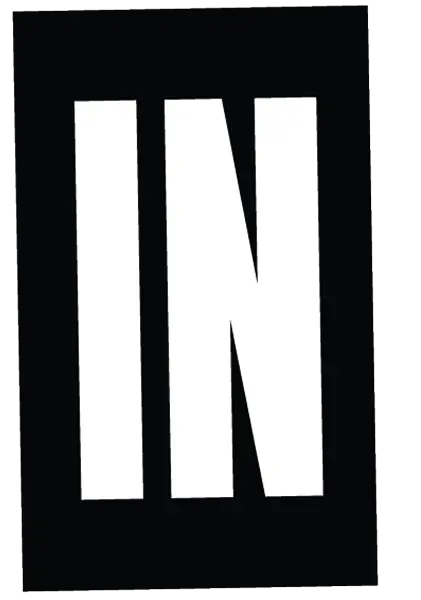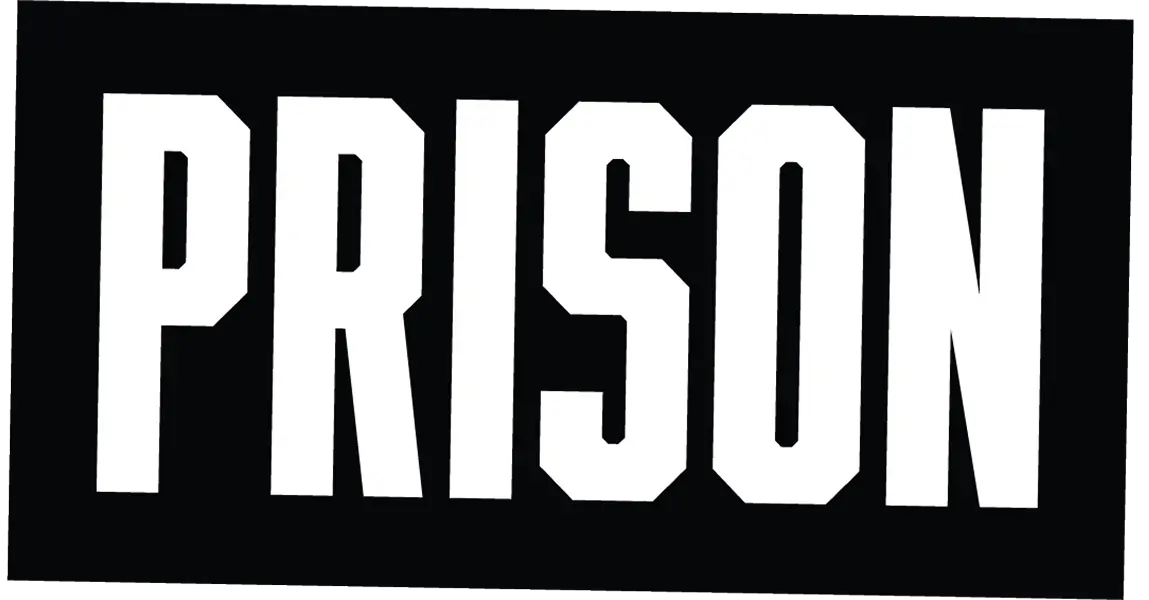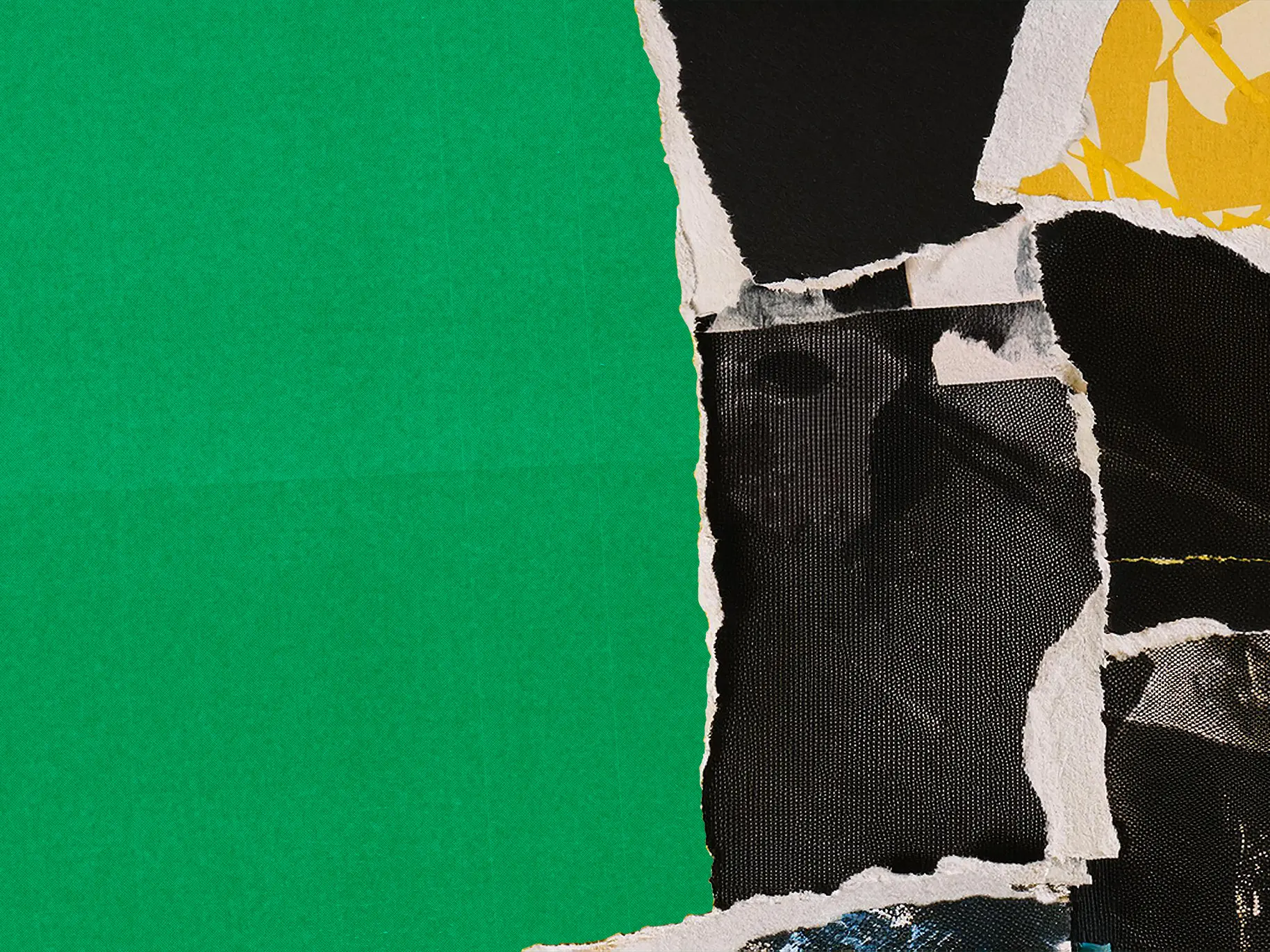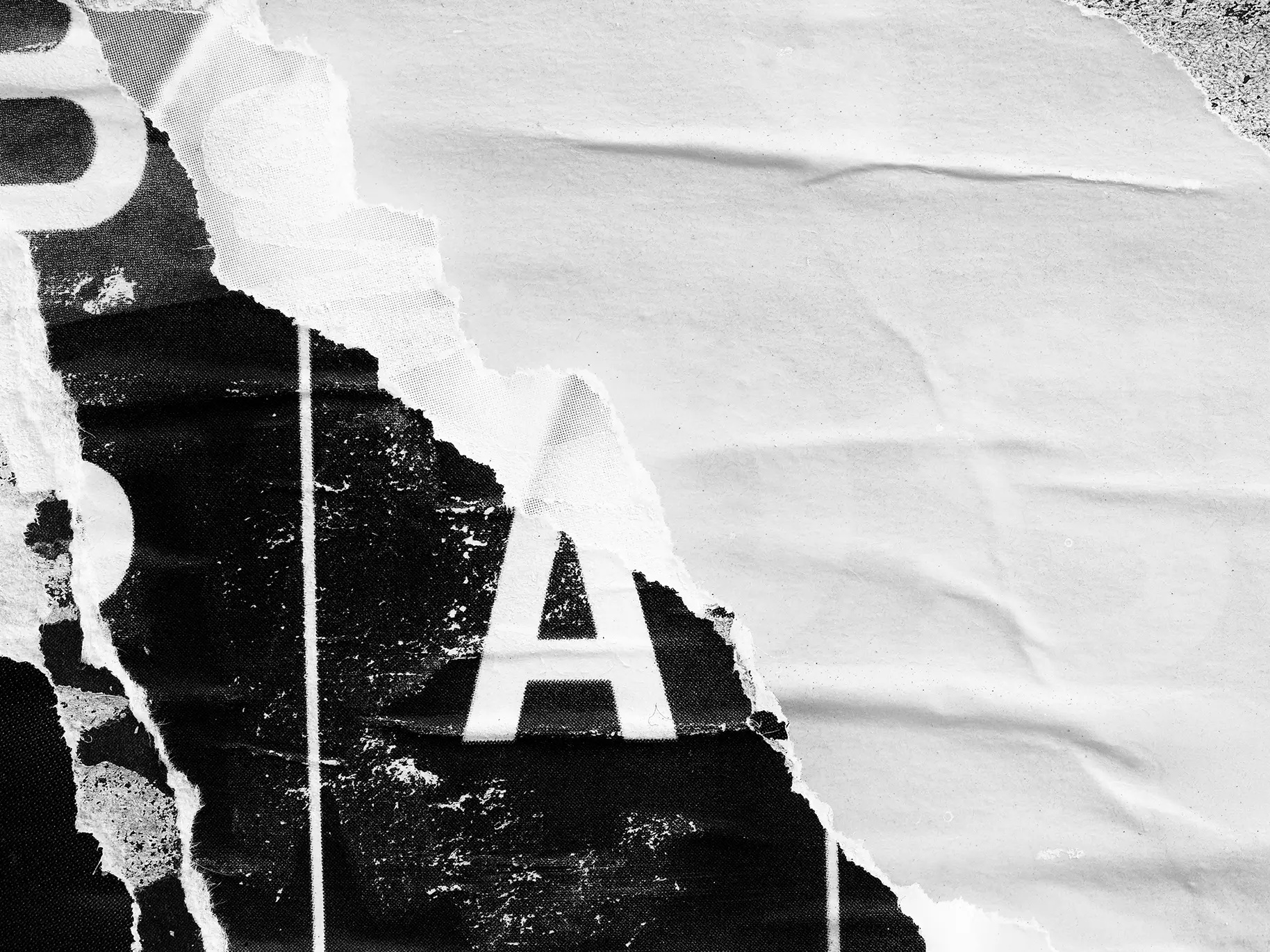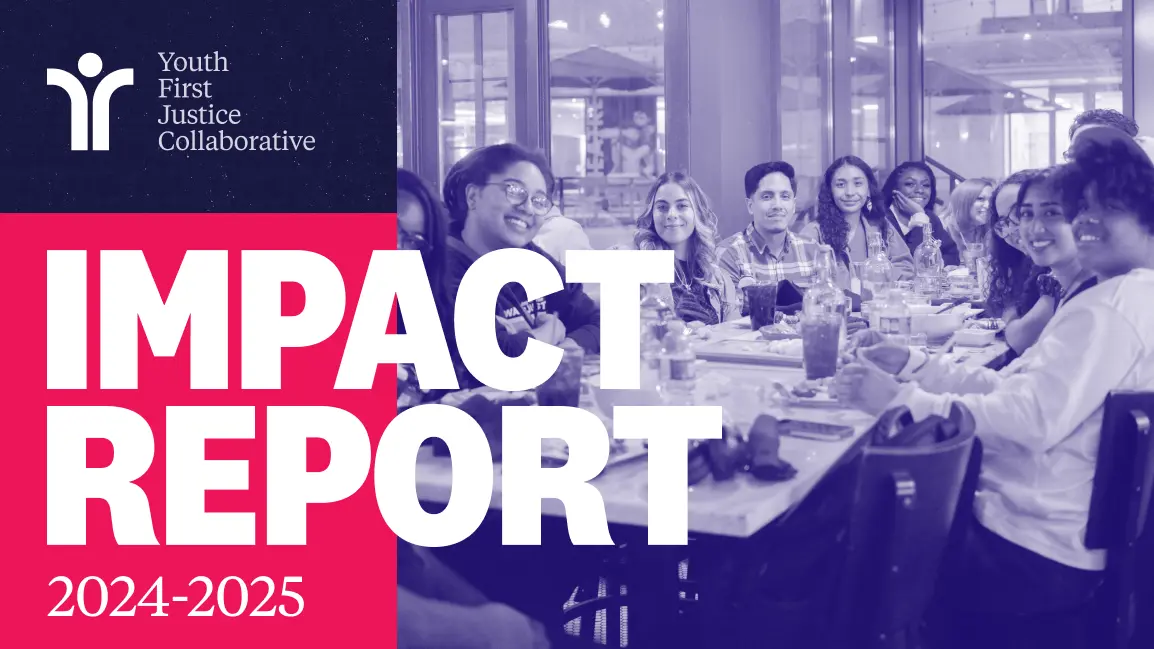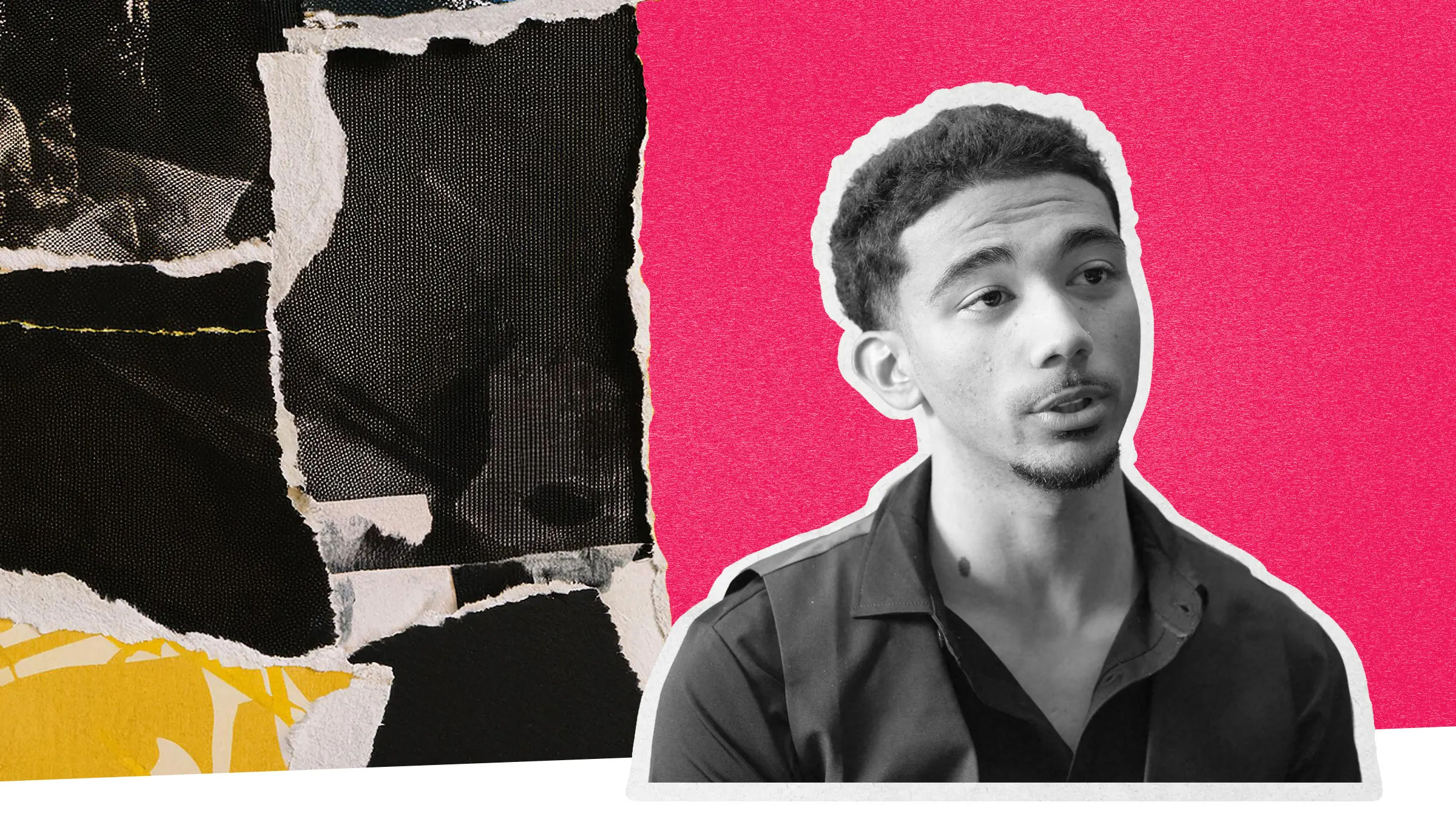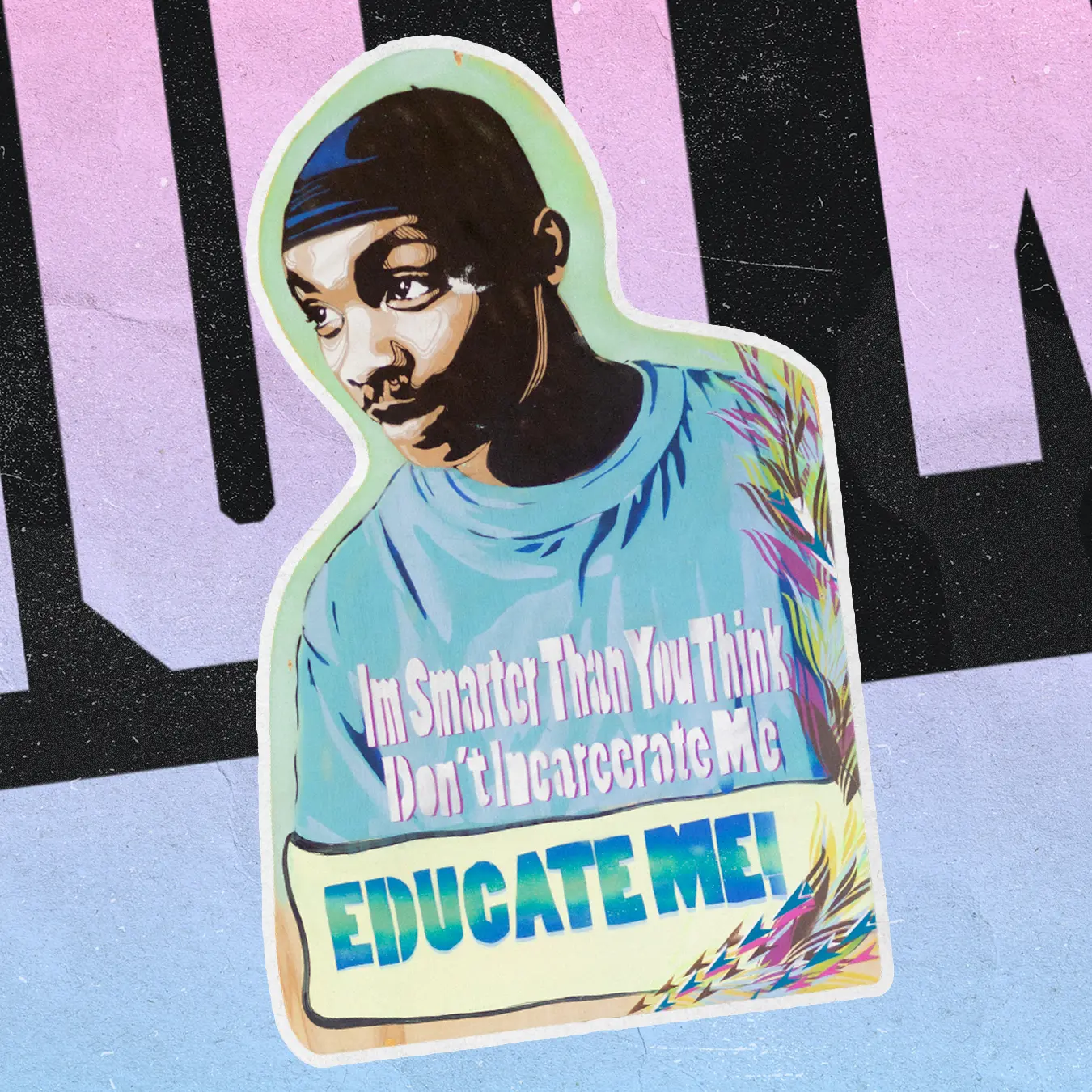We don’t have to dream of a liberated future. We can create one.
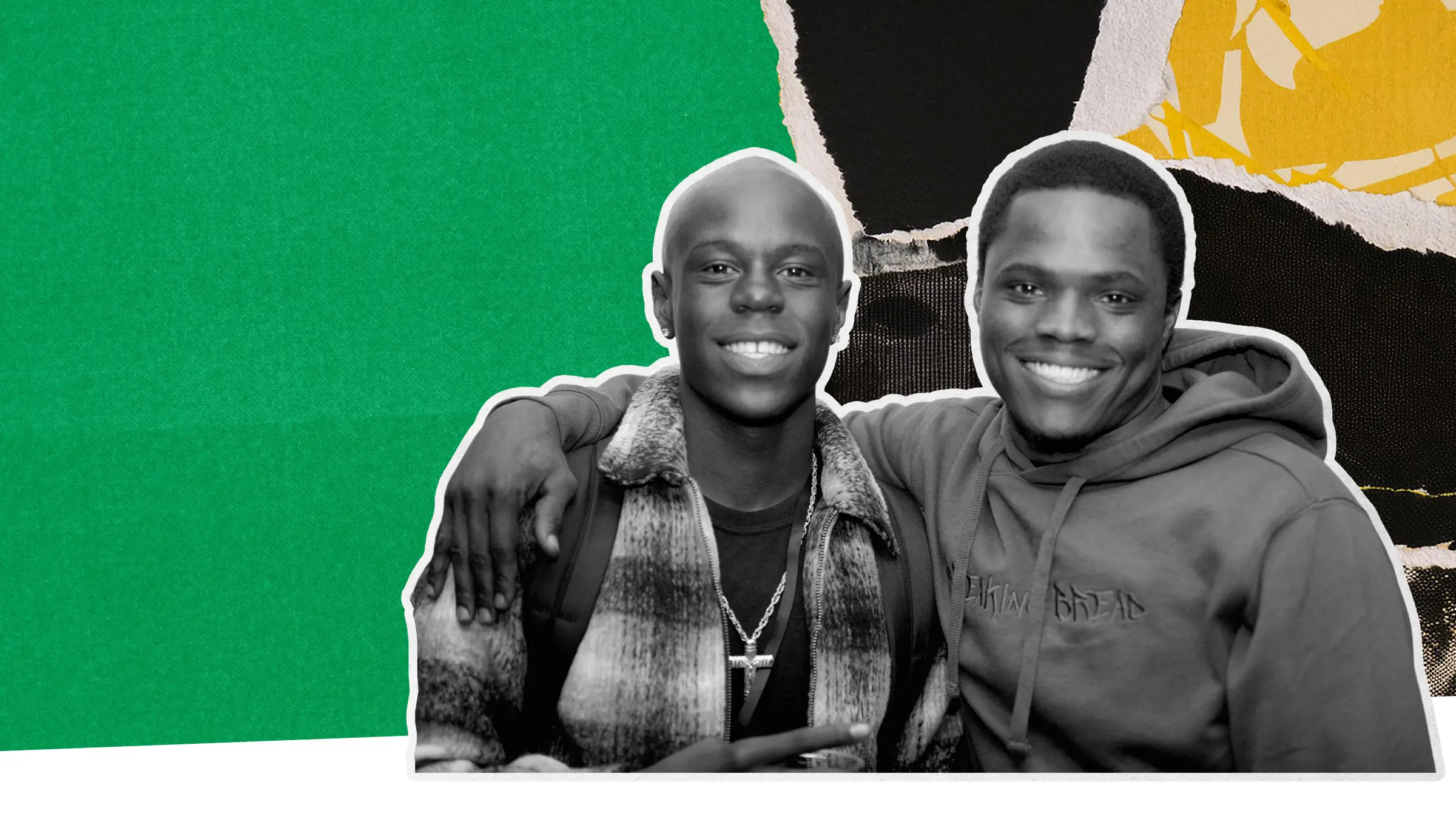
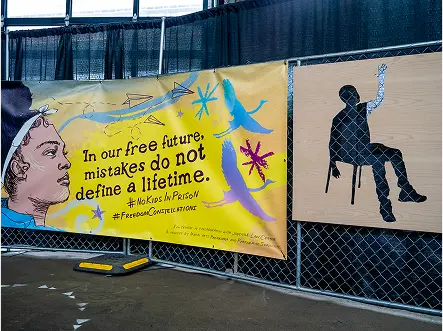
The system calls for transformation, not reformation.
The youth carceral system has created and sustained numerous problems. The solution isn’t ‘better’ youth prisons, it’s the abolishment of youth prisons altogether. That means no young people in carceral settings, including jails or prisons (juvenile and adult), detention centers and private and state-run placements.
If that kind of future seems like a dream, remember that we’re already more than halfway there.
Since 2000, youth incarceration has dropped by 75%, and many prisons have been replaced by life-affirming, community-based alternatives. These alternatives keep kids in their homes and surrounded by people who care about them, pair directly impacted youth with credible mentors, create pathways to jobs and education and connect young people with the mental health support needed to address trauma. They create opportunities for our children to explore, grow and develop their gifts.
Now is not the time to stop fighting for this version of the future. Here’s how we forge ahead.
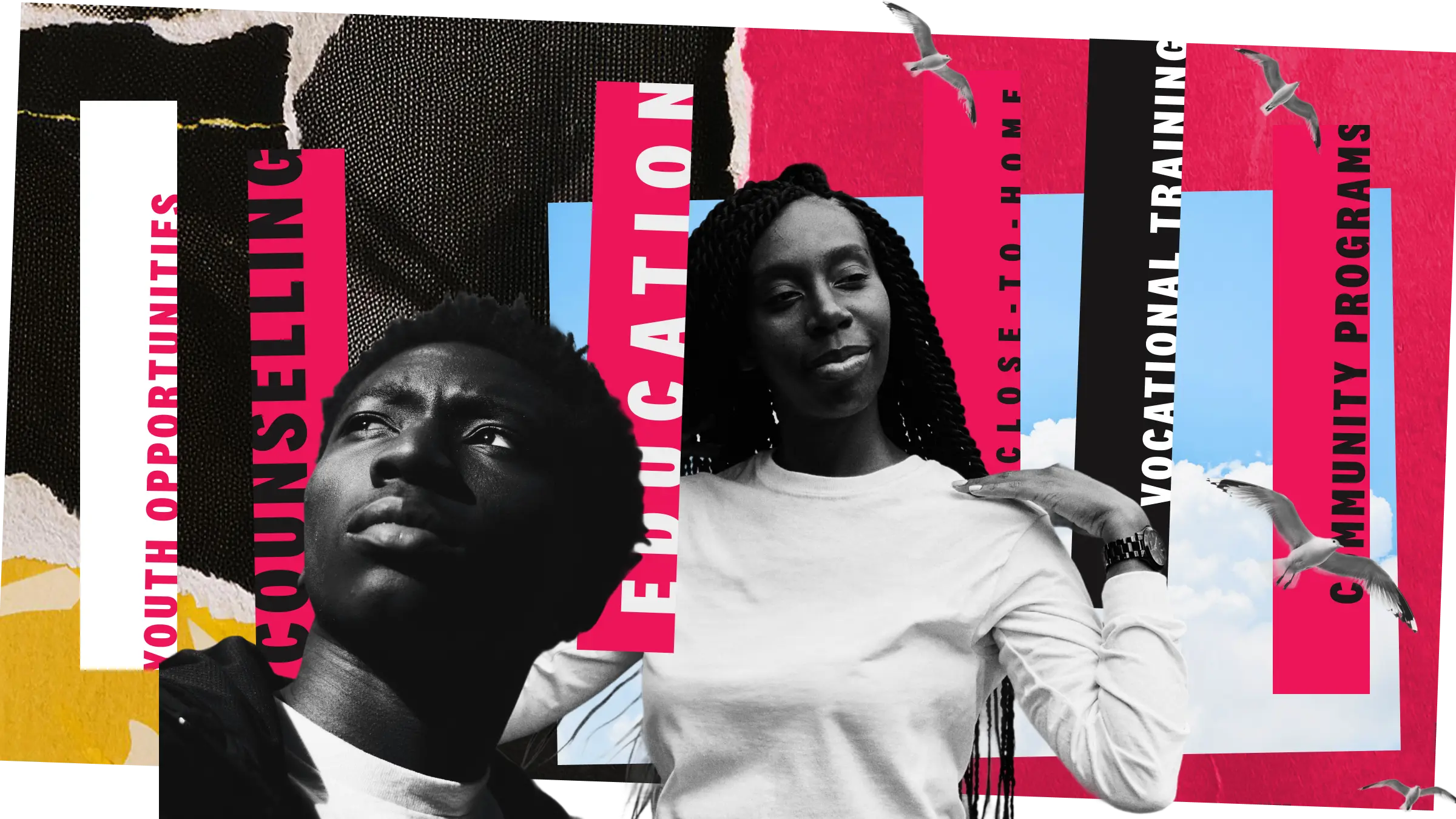
Keeps youth from entering the system
Local Continuums of Care (CoC) prevent youth from entering the juvenile justice system, and divert them from moving deeper into the system. CoC refers to a coordinated system of services that provides support and care to individuals within their communities and/or homes. CoC programs may include supportive homes for homeless and foster youth, addiction and recovery support and coordinated care for youth diagnosed with serious emotional disturbances.
Moves funds to programs that benefit youth
We know that community programs and high-quality schools improve outcomes for young people and lead to less involvement in the juvenile justice system. The key is in divesting funds away from carceral facilities and into schools, as well as programs that provide youth employment opportunities, after-school programs, arts education and sports, mentoring and violence intervention programs.
Promotes transformative justice
Transformative justice is a community-driven approach that seeks safety and accountability after a young person causes harm without relying on alienation, punishment or state or systemic violence. By getting all the way to the root of someone’s actions, we can uncover conditions within the community that can be changed or improved to prevent repetition. For example, if people have safe and secure homes, they won’t need to engage in “criminal activity.”
Creates restorative diversions
Community-based alternatives divert young people from the juvenile courts to a process that is restorative, meaning it is aimed at healing harm and preventing criminal charges. These alternatives include family-focused interventions such as Multisystemic Therapy (MST), Functional Family Therapy (FFT). Credible Messengers, community members with a history of justice system involvement, can also provide intensive support and assistance to youth and their families.
Keep reading to think bigger.
